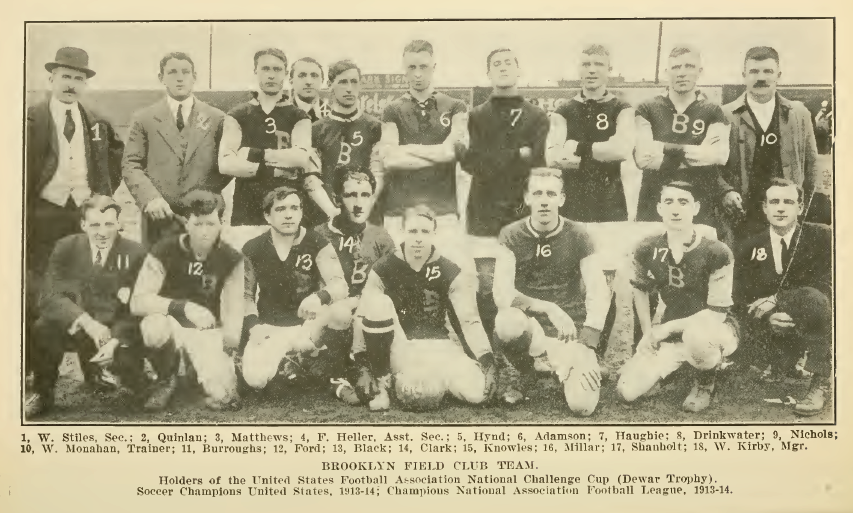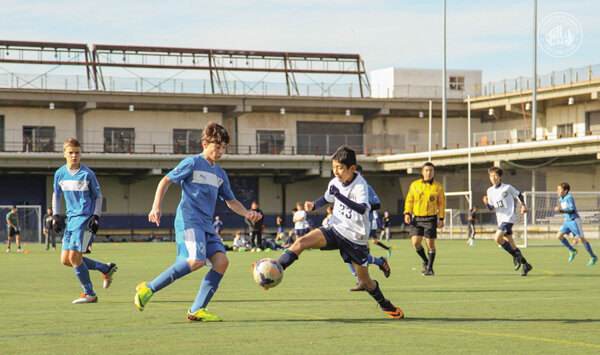Two years ago Soccer Walks NYC wrote a blog post entitled: Why the 2022 World Cup in Qatar is a disgrace - Qatartroversy. It basically outlined the controversies surrounding FIFA’s awarding of the 2022 World Cup to the tiny gulf nation. These included:
Human Rights violations within the country
The exploitation of migrant workers compared to modern-day slavery
No football history
The fact that the entire football world is being forced to reconfigure their schedules. In order to accommodate Qatar, FIFA is moving the World Cup from summer to winter due to the intense heat in Qatar.
The UK’s Guardian has been following the ongoing human rights violations in Qatar since the 2010 announcement my FIFA.
In a recent article, the Guardian reported that 6,500 migrant workers from India, Pakistan, Nepal, Bangladesh, and Sri Lanka have died in Qatar since it was awarded the World Cup. This averages out to 12 workers from these five south Asian nations dying each week since December 2010.
It’s believed the death toll is even higher as the deaths from a number of countries that send large numbers of workers to Qatar, including the Philippines and Kenya are not included.
The need for laborers is due to the fact that Qatar had no infrastructure capable of holding the world’s largest sporting event. The country’s building program includes seven new stadiums, a new airport, roads, public transport systems, hotels, and a new city, which will host the World Cup final.
Responding to the Guardian’s report, a spokesperson for FIFA, said it is fully committed to protecting the rights of workers on FIFA projects.
A number of countries have voiced their concerns over the issue of human rights in Qatar.
This week the Norway national team wore t-shirts bearing the slogan “Human rights – on and off the pitch”. This was in response to a debate in Norway about whether the Norwegian Football Federation should boycott the 2022 World Cup.
The Dutch national team is committed to highlighting the mistreatment of migrant workers in Qatar. Coach Frank de Boer said at a news conference this week, "A lot of attention is now focused on whether we should go there if we qualify. It is right to ask that question ... Everyone knows that what is happening there is not good".
Last month, the English Football Association announced that it will raise human rights abuses and homophobia issues with the Qatar FA after signing a memorandum of understanding with the hosts of the 2022 World Cup.
Amnesty International has been reporting on human rights violations in Qatar for years. In fact, in a report entitled Qatar World Cup of Shame, it details the full list of abuse that migrant workers have been subjected to.
Amnesty International recently sent a letter to FIFA President Gianni Infantino. In it, they called for FIFA to live up to its responsibilities to prevent, mitigate and remedy human rights risks connected to the tournament, and to “use the full extent of its influence” to urge Qatar to fulfill its program of labor reforms before the World Cup kicks off.
The controversies and problems surrounding FIFA’s decision to award the 2022 World Cup to Qatar have been going on for well over a decade now. Expect the conversations to get louder and more frequent as the dates for the tournament get closer.


























